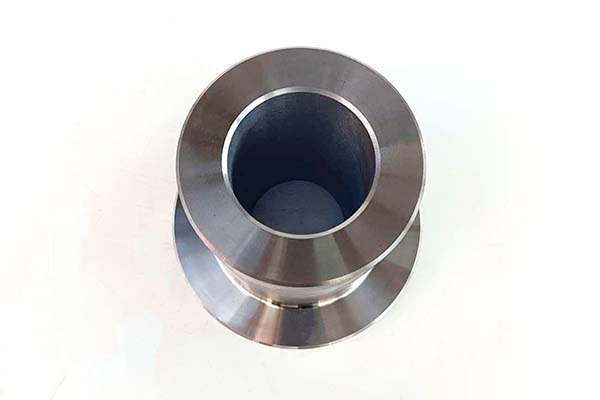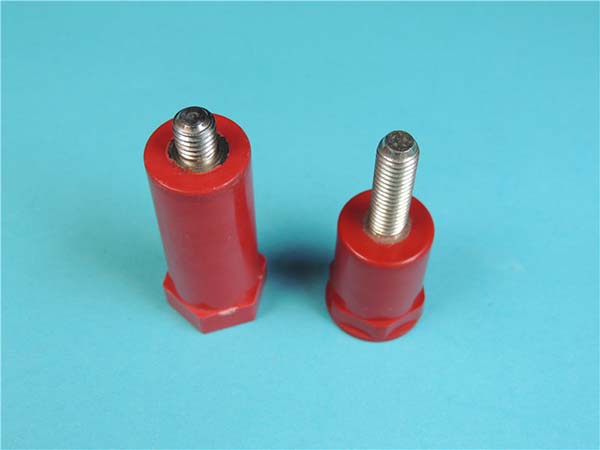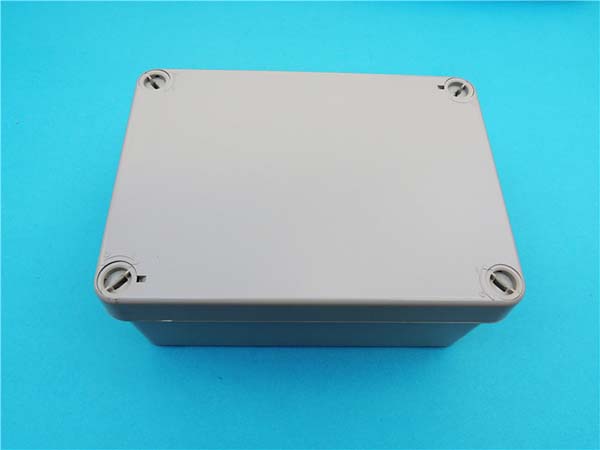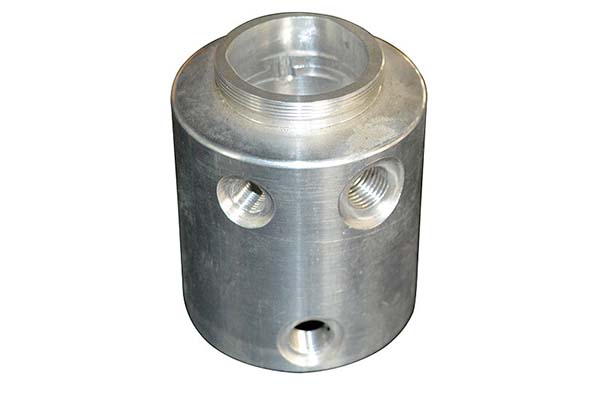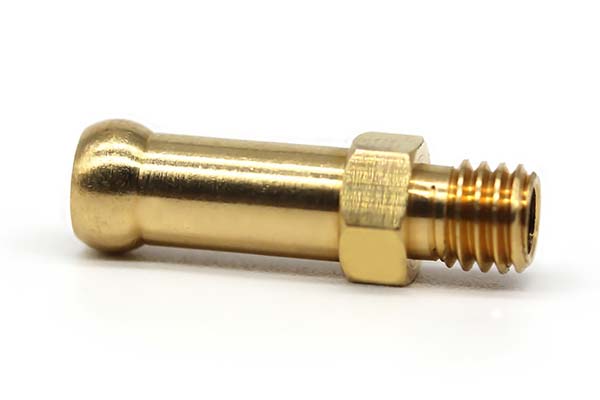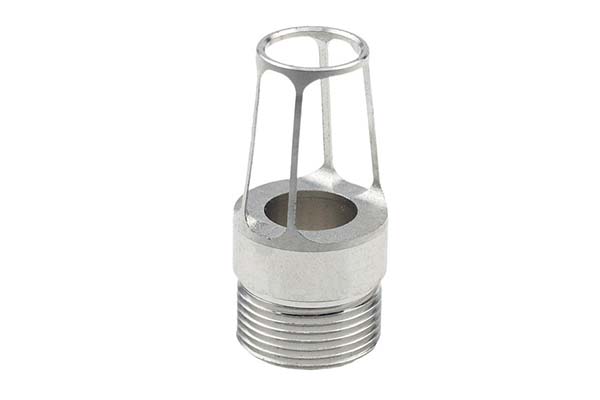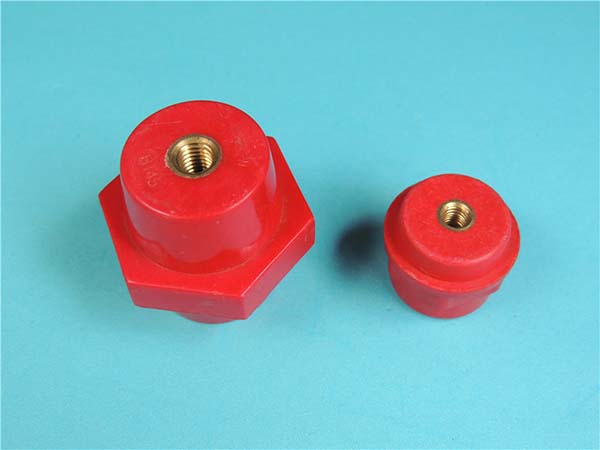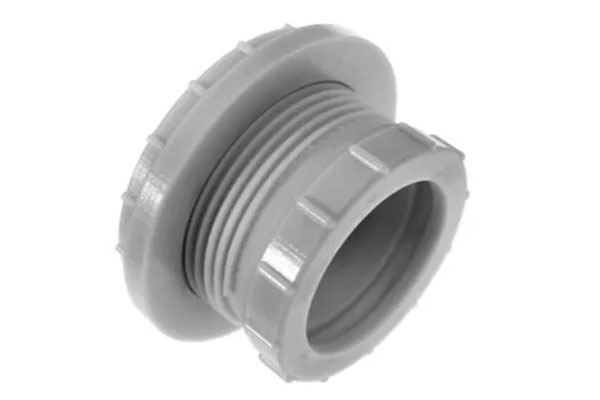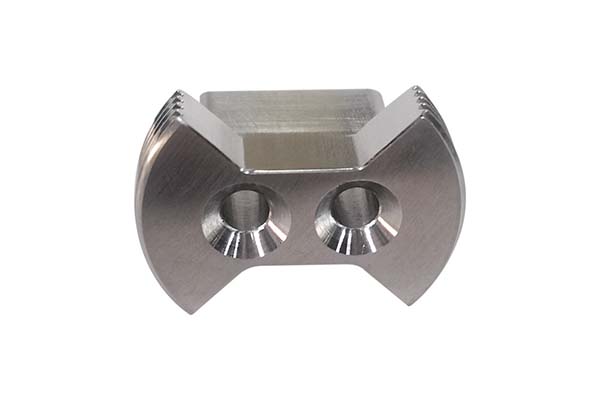Manufacturers and engineers often face a tough challenge: finding a material that balances strength, machinability, and cost for demanding applications. When it comes to high-performance components, settling for subpar materials or inefficient machining processes can lead to costly delays, failed prototypes, and compromised end products. If you’re searching for a reliable solution that combines strength, versatility, and ease of machining, AL6082 T6 might be the answer. This guide explores everything you need to know about CNC machining this robust aluminum alloy, from its material properties to real-world applications, helping you overcome common hurdles and achieve exceptional results.
Material and Grade: The Strength of AL6082 T6
AL6082 is a medium-to-high strength aluminum alloy that belongs to the 6000 series, known for its excellent mechanical properties and weldability. What makes it stand out is its T6 temper—a heat-treated condition that significantly enhances its performance. Let’s break down its key characteristics:
Composition
AL6082’s strength comes from its carefully balanced composition:
- Aluminum (95.5–97.5%)
- Magnesium (0.6–1.2%)
- Silicon (0.7–1.3%)
- Iron (max 0.5%)
- Copper (max 0.1%)
- Manganese (0.4–1.0%)
This blend of elements contributes to its high strength, corrosion resistance, and machinability.
Mechanical Properties
The T6 temper is achieved through solution heat treatment, quenching, and artificial aging, resulting in impressive mechanical properties:
- Tensile Strength: 310–380 MPa (45,000–55,000 psi)
- Yield Strength: 250–310 MPa (36,000–45,000 psi)
- Hardness (Brinell): 85–95 HB
- Elongation: 10–14% (in 50 mm)
Compared to other 6000 series alloys like AL6061, AL6082 T6 offers higher tensile strength and better fatigue resistance, making it ideal for load-bearing applications.
Machining Process: Mastering CNC Techniques for AL6082 T6
While AL6082 T6 is stronger than many aluminum alloys, it remains highly machinable with the right CNC machining strategies. Here’s how to optimize key processes:
Milling
- Tool Selection: Carbide end mills are preferred for their durability. Choose 2 or 4-flute tools with a high helix angle (30–45°) to reduce chip buildup.
- Cutting Parameters: For roughing, use a spindle speed of 3,000–6,000 RPM and a feed rate of 100–300 mm/min. For finishing, slow the feed rate to 50–150 mm/min to improve surface quality.
- Coolant: Flood cooling is essential to prevent heat-induced warping and extend tool life.
Turning
- Tool Selection: Use carbide inserts with a positive rake angle to minimize cutting forces.
- Cutting Parameters: Maintain a spindle speed of 2,000–4,000 RPM and a feed rate of 0.1–0.3 mm/rev. Adjust based on the part’s diameter—smaller diameters require higher speeds.
- Tips: Avoid excessive depth of cut (max 2–3 mm for roughing) to prevent tool wear and vibration.
Drilling
- Tool Selection: High-speed steel (HSS) or carbide drills work well. Twist drills with a 118° point angle are ideal for most applications.
- Cutting Parameters: Spindle speed should range from 1,500–3,000 RPM, with a feed rate of 0.1–0.2 mm/rev. Peck drilling (intermittent feeding) helps clear chips and reduce heat.
Key Considerations
- Cutting Parameters must be adjusted based on the part’s complexity and tool material. Harder carbide tools can handle higher speeds than HSS.
- Workholding is critical—use firm, even clamping to prevent deflection, especially for thin-walled parts.
Surface Treatment: Enhancing Protection and Aesthetics
Surface treatment is essential for maximizing AL6082 T6’s performance, especially in harsh environments. Here are the most effective methods:
Anodizing
- Process: Anodizing creates a protective oxide layer (5–25 μm thick) on the surface, improving corrosion resistance and wear resistance. It also allows for dyeing, making it popular for decorative parts.
- Benefits: Enhances durability without compromising the alloy’s strength. Ideal for outdoor or high-moisture applications.
Coating
- Powder Coating: Applies a dry powder that cures into a hard finish, offering excellent protection against scratches and UV damage. Suitable for architectural and industrial components.
- Electroplating: Adds a layer of metal (e.g., chrome or nickel) for increased hardness and conductivity. Used in electrical components and decorative parts.
Surface Finish Standards
- For structural parts, aim for a surface roughness of Ra 1.6–3.2 μm.
- For cosmetic applications, a smoother finish (Ra 0.8–1.6 μm) is preferred to ensure coatings adhere evenly.
Applications: Where AL6082 T6 Excels
AL6082 T6’s unique combination of strength, machinability, and corrosion resistance makes it a top choice across industries:
Aerospace
- Used in aircraft components like wing ribs, fuselage frames, and landing gear parts, where high strength-to-weight ratios are critical. Its fatigue resistance ensures reliability under repeated stress.
Automotive
- Applied to structural parts such as chassis components, suspension arms, and engine mounts. Its ability to withstand heavy loads and resist corrosion makes it ideal for both passenger and commercial vehicles.
Industrial Equipment
- Machined into structural components like machine frames, conveyor systems, and hydraulic cylinders. Its weldability allows for easy assembly of complex structures.
Consumer Electronics
- Used in high-end devices like laptop frames and camera mounts, where strength and lightweight design are key. Surface treatment options like anodizing enhance its sleek appearance.
Technical Specifications: Ensuring Precision and Performance
Meeting strict technical specifications is non-negotiable for high-quality components. Here’s what to focus on:
Dimensional Accuracy
- Tolerance levels vary by application:
- Critical parts: ±0.01 mm (achieved with high-precision CNC machines)
- Non-critical parts: ±0.05 mm
- Use advanced measuring tools like coordinate measuring machines (CMMs) to verify dimensions.
Surface Roughness
- As mentioned, Ra 1.6–3.2 μm is standard for structural parts, while Ra 0.8–1.6 μm is required for cosmetic or high-precision applications.
Mechanical Testing
- Conduct regular hardness test (Brinell or Rockwell) to confirm the T6 temper (85–95 HB).
- Tensile tests ensure the alloy meets the required strength standards (310–380 MPa tensile strength).
Quality Control: Maintaining Consistency and Reliability
Achieving consistent results with AL6082 T6 requires rigorous quality control measures. Here’s how to ensure every part meets your standards:
Inspection Methods
- Visual Inspection: Check for surface defects like cracks, burrs, or uneven finishes.
- Dimensional Checks: Use CMMs, calipers, and micrometers to verify dimensional accuracy.
- Material Testing: Analyze samples for chemical composition and mechanical properties to confirm they match AL6082 T6 specifications.
Quality Standards
- Adhere to international standards such as ISO 9001 (quality management) and ASTM B210 (aluminum alloy extrusions).
- For aerospace applications, comply with AS9100 to ensure parts meet strict aviation safety requirements.
Process Monitoring
- Track cutting parameters during machining to identify variations that could affect quality.
- Implement statistical process control (SPC) to analyze data and prevent defects before they occur.
Yigu Technology’s Perspective
At Yigu Technology, we specialize in CNC machining of AL6082 T6, leveraging our expertise to deliver precision components for aerospace, automotive, and industrial clients. We understand the unique challenges of working with this alloy—from optimizing machining parameters to ensuring consistent heat treatment—and our team of engineers works closely with clients to meet even the tightest specifications. Whether you need complex structural parts or high-precision components, we combine advanced technology with strict quality control to deliver reliable, cost-effective solutions.
FAQs
- How does AL6082 T6 compare to AL6061 T6?
AL6082 T6 offers higher tensile strength (310–380 MPa vs. 290–345 MPa for AL6061 T6) and better fatigue resistance, making it better for load-bearing applications. AL6061 T6 is more corrosion-resistant in certain environments, however.
- Can AL6082 T6 be welded?
Yes, AL6082 T6 is weldable using methods like TIG or MIG welding. Post-weld heat treatment may be needed to restore its mechanical properties in the welded area.
- What is the maximum temperature AL6082 T6 can withstand?
It maintains its strength up to 150°C (302°F). Beyond this, its mechanical properties gradually decrease, so it’s not suitable for high-temperature applications above 200°C.
